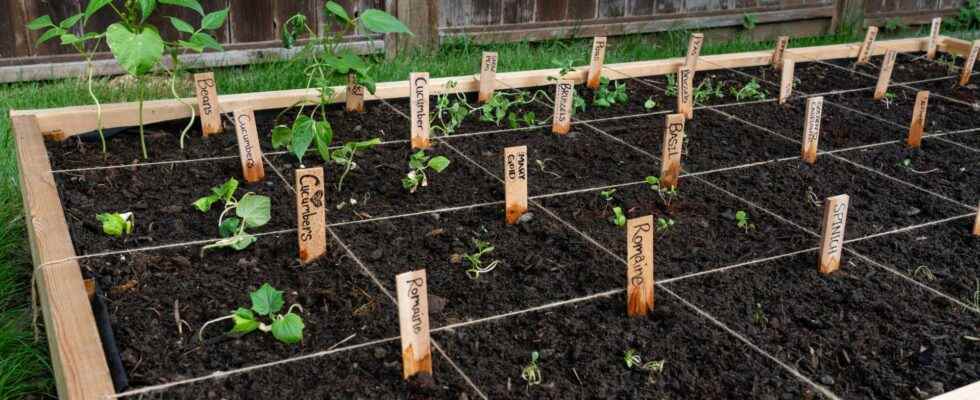Who said that an apartment with a balcony could not accommodate a small vegetable garden? The pleasure of seeing your own vegetables grow is indeed not impossible on a balcony or terrace. But before delving into gardening, it is advisable to look into the question… starting with making a vegetable patch!
You will also be interested
The design of a vegetable bed is a growing trend. This concept allows you to take advantage of the harvest of a few vegetables without leaving your home. Its manufacture is relatively simple. Making a vegetable patch yourself also means being able to easily adapt it to your outdoor space. The good news is that many vegetables acclimatize to their limited living space!
What is a vegetable patch?
A vegetable plot is a small area created to grow a few vegetables in a limited space such as a garden, a terrace or a balcony. apartment. This structure is often made on the ground, but can be thought of in height to facilitate its cultivation and save space.
The vegetable plot is organized into small squares delimiting different varieties of vegetables. It is a principle of economic culture, the volume of soil to be watered being reduced compared to a outdoor vegetable garden.
The maintenance of a vegetable patch is relative, the work of the land is easy and not laborious unlike the large vegetable gardens of yesteryear. Finally, this small space leads to more control of attacks parasites or diseases on vegetables.
What wood to use to make your vegetable patch?
To make your vegetable patch, you can use wood salvage such as pallet wood, wine crates, leftover decking boards or formwork boards. Indeed, it is a construction mostly done in wood.
It is essential to obtain wood that has not undergone any treatment, otherwise it will diffuse into the substrate. Be aware, however, that the edges of the vegetable patch are often subject to humidity with watering seedlings. This phenomenon can quickly alter your vegetable corner, so it is important to take this point into account and think of a way to limit it. The use of thick planks to make a vegetable bed is a solution, as is the choice of scraps of exotic wood or even the use of species that are more particularly resistant to humidity, such as oak or chestnut.
What to plan for making your vegetable patch?
The classic dimensions of a vegetable patch are 120 x 120 cm. This size has been thought out to be able to easily access the set plantations. However, these dimensions are adjustable depending on the space you want to devote to your little corner. vegetables.
For a 120 x 120 cm vegetable patch to be made, you will need:
- 4 planks of untreated wood 120 cm long, 20 cm wide at least and 4 cm thick;
- 1 square wooden post of at least 80 cm to be able to cut it into 4 pieces;
- nails and screws steel stainless;
- a thick natural twine (or cleats) to delimit the squares;
- a tarpaulin to waterproof the structure on the terrace or the balcony.
How to make your vegetable patch?
- First, cut the square post into four identical pieces. Come and screw the boards in a square. You can also add cleats in the middle of the boards to consolidate your vegetable patch.
- Place the small vegetable garden in the space dedicated to it, exposed under the sun part of the day.
- Staple the tarpaulin inside, taking care to make a few holes to allow the water to evacuate.
- Measure 40cm from each edge and drive in a nail, repeating every 40cm until you place three nails per board.
- Stretch the strings using the nails to make the small squares. You can also attach cleats.
- Sprinkle with pebbles or marbles of clay in the bottom to drain the water and add the substrate suitable for your type of crop, ideally a rich mix with topsoil, quality compost or natural fertilizer. Do not hesitate to mulch last to keep the soil moist and water less often.
Interested in what you just read?
